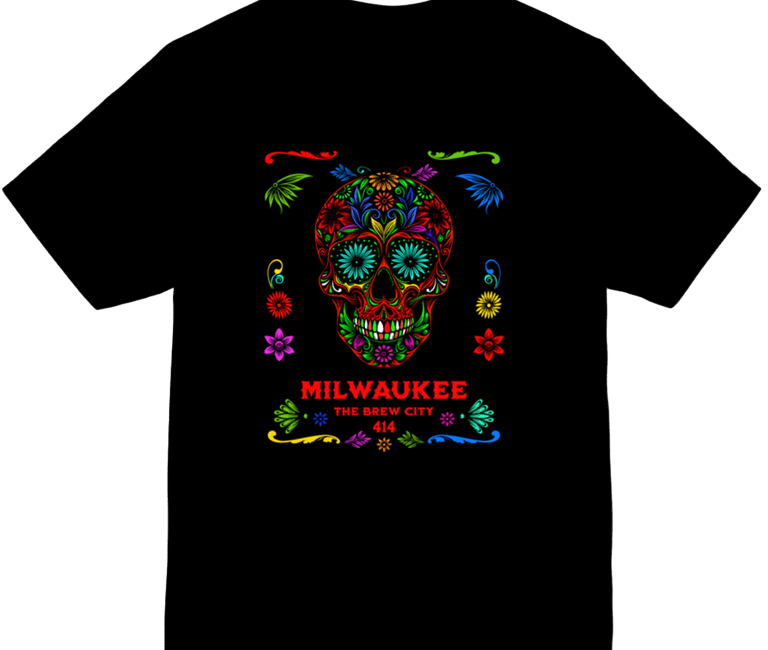DTG stands for Direct-to-Garment printing.
It is a textile printing method that uses specialized inkjet technology to print digital designs directly onto a piece of fabric or a finished garment, such as a T-shirt, hoodie, or tote bag.
DTF DESIGNS


DTG stands for Direct-to-Garment printing.
It is a textile printing method that uses specialized inkjet technology to print digital designs directly onto a piece of fabric or a finished garment, such as a T-shirt, hoodie, or tote bag.
Here's a breakdown of how it works and its key characteristics:
Process: The process is similar to a regular inkjet printer, but instead of printing on paper, it prints on textiles using water-based inks.3 For dark-colored garments, a pre-treatment solution is applied first to help the ink bond with the fabric fibers and ensure the colors are vibrant.4 The garment is then placed on a platen, and the design is printed.5 Finally, the ink is cured with a heat press or conveyor dryer to make it permanent.6
Best For: DTG is particularly well-suited for:
Complex designs: It can handle intricate details, photorealistic images, and a wide range of colors and gradients that would be difficult or expensive to achieve with other methods like screen printing.7
Small-batch and on-demand printing: Because there is minimal setup time, DTG is highly efficient for printing a single item or a small number of items.8 This makes it a popular choice for print-on-demand businesses and custom orders.9
Natural fabrics: DTG works best on natural fibers like cotton, bamboo, and linen, as the ink soaks into the fibers, resulting in a soft feel.10
Key Advantages:
High-quality and detailed prints: It can produce sharp, high-resolution images.11
No minimum orders: You can print just one item at a time.12
Flexibility: It's easy to change designs, colors, and sizes for different products.
Eco-friendly: Many DTG inks are water-based and eco-friendly, and the on-demand nature of the process reduces overproduction and textile waste.13
Comparison to other methods: DTG is often compared to screen printing.14 While screen printing is more cost-effective for large, bulk orders with a limited number of colors, DTG is superior for small orders, intricate designs, and multi-color prints.15
